-
 Bitcoin
Bitcoin $103,465.4377
-0.83% -
 Ethereum
Ethereum $2,480.4758
-2.90% -
 Tether USDt
Tether USDt $1.0001
0.01% -
 XRP
XRP $2.5534
5.34% -
 BNB
BNB $651.1560
-3.63% -
 Solana
Solana $173.6997
-1.07% -
 USDC
USDC $1.0001
0.03% -
 Dogecoin
Dogecoin $0.2269
-8.44% -
 Cardano
Cardano $0.7980
-3.35% -
 TRON
TRON $0.2648
-2.19% -
 Sui
Sui $3.9657
-4.76% -
 Chainlink
Chainlink $16.5851
-4.18% -
 Avalanche
Avalanche $24.4739
-3.33% -
 Stellar
Stellar $0.3087
-1.83% -
 Shiba Inu
Shiba Inu $0.0...01555
-9.96% -
 Hedera
Hedera $0.2090
-2.22% -
 Hyperliquid
Hyperliquid $24.7311
-0.58% -
 Toncoin
Toncoin $3.2920
-5.99% -
 Bitcoin Cash
Bitcoin Cash $399.7774
-3.41% -
 UNUS SED LEO
UNUS SED LEO $8.5817
0.91% -
 Pi
Pi $1.1177
-26.61% -
 Polkadot
Polkadot $5.0037
-4.13% -
 Litecoin
Litecoin $102.3478
0.01% -
 Monero
Monero $345.0893
1.38% -
 Pepe
Pepe $0.0...01386
-6.00% -
 Bitget Token
Bitget Token $4.7385
-3.61% -
 Dai
Dai $1.0001
0.01% -
 Ethena USDe
Ethena USDe $1.0007
0.07% -
 Uniswap
Uniswap $6.6880
-5.96% -
 Bittensor
Bittensor $460.3489
-0.22%
MetaMask authorization failed. Is there a vulnerability in the smart contract?
MetaMask authorization failures don't always indicate smart contract vulnerabilities; check network settings, transaction parameters, and update MetaMask to resolve issues.
May 13, 2025 at 11:29 am

Introduction to MetaMask and Smart Contracts
MetaMask is a popular cryptocurrency wallet that allows users to interact with the Ethereum blockchain and manage their digital assets. It serves as a bridge between standard web browsers and the Ethereum ecosystem, enabling users to access decentralized applications (dApps) and execute transactions. A key feature of MetaMask is its ability to authorize transactions and interact with smart contracts, which are self-executing contracts with the terms directly written into code.
When a user encounters a MetaMask authorization failure, it can be a frustrating experience. The failure might raise concerns about the security and integrity of the smart contract involved. Understanding the root cause of the authorization failure is crucial to determine if there is indeed a vulnerability in the smart contract.
Understanding MetaMask Authorization Failures
MetaMask authorization failures can occur due to various reasons, ranging from user errors to technical issues. These failures might not always indicate a vulnerability in the smart contract. Common causes include:
- Incorrect network selection
- Insufficient funds
- Incorrect transaction parameters
- Network congestion
- Outdated MetaMask version
It's essential to differentiate between a simple authorization failure and a potential security breach in a smart contract. While the former is often a user-related issue, the latter could pose significant risks to the user's assets.
Investigating Smart Contract Vulnerabilities
To determine if a smart contract has a vulnerability, a thorough investigation is required. Smart contracts are coded in languages like Solidity, and vulnerabilities can arise from coding errors, logic flaws, or malicious intent. Some common types of vulnerabilities include:
- Reentrancy attacks
- Integer overflow/underflow
- Unchecked external calls
- Front-running attacks
- Access control issues
To investigate, you can use tools like MythX, Slither, or Remix to audit the smart contract code. These tools can help identify potential vulnerabilities by analyzing the code and simulating various attack scenarios.
Steps to Check for Smart Contract Vulnerabilities
If you suspect a smart contract vulnerability after a MetaMask authorization failure, you can follow these steps to investigate:
- Download the smart contract code: Obtain the source code of the smart contract from platforms like Etherscan or directly from the project's GitHub repository.
- Use a smart contract audit tool: Tools like MythX or Slither can be used to analyze the code for vulnerabilities. For example, to use MythX:
- Visit the MythX website and create an account.
- Upload the smart contract code to the platform.
- Run the analysis and review the results for any identified vulnerabilities.
- Simulate transactions: Use a tool like Remix to deploy the smart contract to a test network and simulate transactions to see if the authorization failure can be replicated.
- Consult with experts: If you lack the technical expertise, consider hiring a professional smart contract auditor to review the code and provide a detailed report.
Resolving MetaMask Authorization Failures
If the investigation reveals no vulnerabilities in the smart contract, the next step is to resolve the MetaMask authorization failure. Here are some steps to troubleshoot:
- Check network settings: Ensure that MetaMask is connected to the correct Ethereum network. You can do this by:
- Opening MetaMask and clicking on the network dropdown at the top.
- Selecting the appropriate network (e.g., Mainnet, Ropsten, etc.).
- Verify transaction parameters: Double-check the transaction details, such as the recipient address, gas limit, and gas price. Ensure that all parameters are correctly set.
- Update MetaMask: Ensure that you are using the latest version of MetaMask. You can update it by:
- Opening MetaMask and clicking on the three dots in the top right corner.
- Selecting "Settings" and then "About".
- Checking for updates and installing the latest version if available.
- Check account balance: Ensure that your account has sufficient funds to cover the transaction fees. You can check your balance by:
- Opening MetaMask and viewing the balance displayed on the main screen.
- If necessary, transfer more funds to the account.
Conclusion and FAQs
While MetaMask authorization failures can be alarming, they do not always indicate a vulnerability in the smart contract. By following the steps outlined above, you can investigate potential vulnerabilities and resolve authorization issues effectively.
Frequently Asked Questions
Q: Can a MetaMask authorization failure lead to the loss of funds?
A: A MetaMask authorization failure itself does not directly lead to the loss of funds. However, if the failure is due to a smart contract vulnerability, it could potentially be exploited by malicious actors, leading to the loss of funds. It's important to investigate the cause of the failure and ensure the security of the smart contract.
Q: How can I protect my assets while using MetaMask?
A: To protect your assets, always use the latest version of MetaMask, double-check transaction details, and only interact with smart contracts from trusted sources. Additionally, consider using hardware wallets for added security and regularly audit smart contracts before interacting with them.
Q: Are there any tools specifically designed to monitor smart contract vulnerabilities in real-time?
A: Yes, tools like Chainalysis and Etherscan's Contract Inspector provide real-time monitoring and alerts for smart contract vulnerabilities. These tools can help you stay informed about potential security issues with the smart contracts you interact with.
Q: What should I do if I suspect a smart contract has been compromised?
A: If you suspect a smart contract has been compromised, immediately stop interacting with it. Report your findings to the project's developers and consider consulting with a professional smart contract auditor. Additionally, monitor your wallet for any unauthorized transactions and take appropriate action to secure your assets.
Disclaimer:info@kdj.com
The information provided is not trading advice. kdj.com does not assume any responsibility for any investments made based on the information provided in this article. Cryptocurrencies are highly volatile and it is highly recommended that you invest with caution after thorough research!
If you believe that the content used on this website infringes your copyright, please contact us immediately (info@kdj.com) and we will delete it promptly.
- Anchorage Digital Acquires Mountain Protocol as USDM Stablecoin Begins Shutdown
- 2025-05-13 19:05:13
- Redacted (RDAC) Trading Now Live on Binance
- 2025-05-13 19:05:13
- Bitcoin (BTC) Continues to Demonstrate Its Dominance
- 2025-05-13 19:00:12
- Bitcoin (BTC) Market Faced a Turbulent Start to the Week
- 2025-05-13 19:00:12
- Coinbase Joins the S&P 500, Marking a New Milestone for Institutional Adoption of Cryptocurrencies
- 2025-05-13 18:55:12
- Truth Social, the social media platform backed by US President Donald Trump, has no plan to launch a memecoin.
- 2025-05-13 18:55:12
Related knowledge
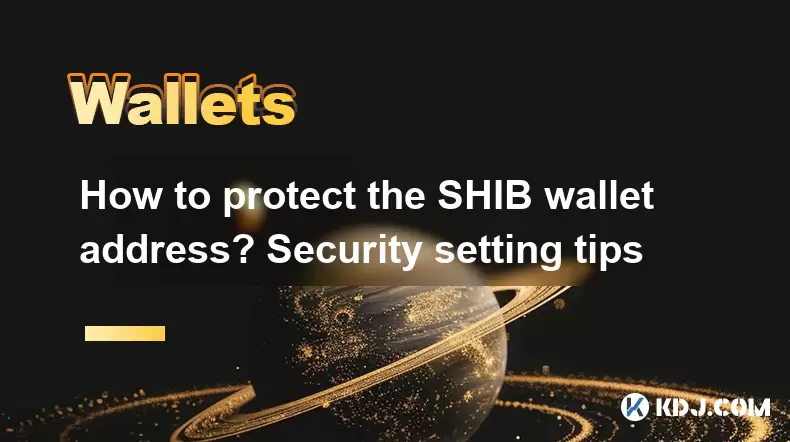
How to protect the SHIB wallet address? Security setting tips
May 13,2025 at 04:07pm
Protecting your SHIB wallet address is crucial to safeguarding your cryptocurrency assets. With the rise of digital currencies, securing your wallet has become more important than ever. This article will provide you with detailed security setting tips to ensure your SHIB wallet remains safe from potential threats. Understanding SHIB Wallet SecurityBefor...
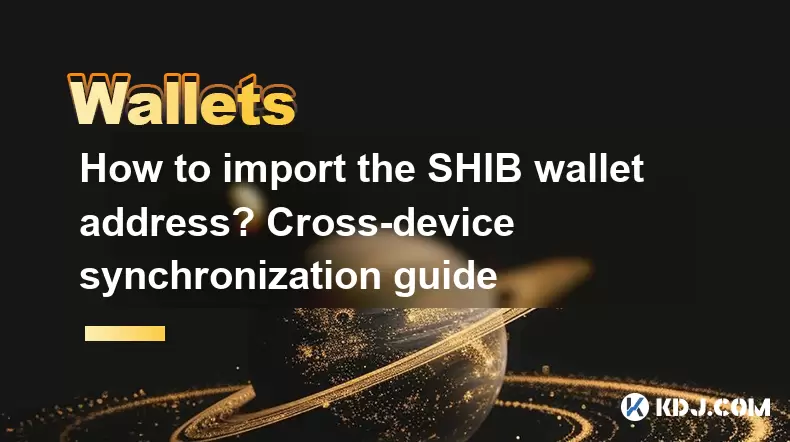
How to import the SHIB wallet address? Cross-device synchronization guide
May 13,2025 at 03:43pm
How to Import the SHIB Wallet Address? Cross-Device Synchronization Guide Managing your SHIB wallet across multiple devices can be a seamless process if you understand how to properly import your wallet address and synchronize it across devices. This guide will walk you through the steps to import your SHIB wallet address and ensure it is synchronized a...
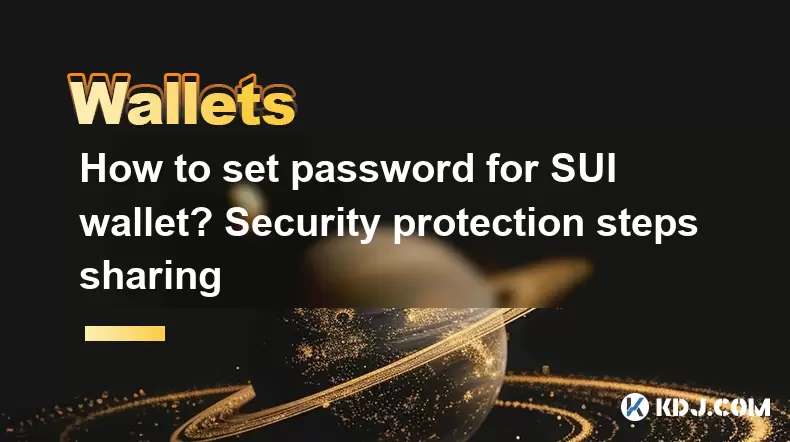
How to set password for SUI wallet? Security protection steps sharing
May 13,2025 at 02:21pm
Setting a password for your SUI wallet is a crucial step in securing your digital assets. This article will guide you through the process of setting a password and share additional security protection steps to ensure the safety of your SUI wallet. Understanding the Importance of a Strong PasswordBefore diving into the steps, it's essential to understand...
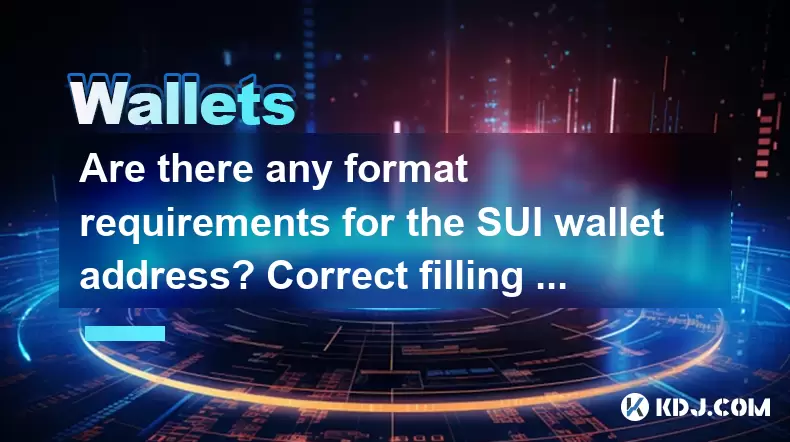
Are there any format requirements for the SUI wallet address? Correct filling guide
May 13,2025 at 03:08pm
When dealing with cryptocurrency, ensuring that you correctly format and fill out your wallet addresses is crucial to prevent loss of funds. In this article, we will delve into the specific format requirements for SUI wallet addresses and provide a comprehensive guide on how to correctly fill them out. Understanding these details can help you manage you...
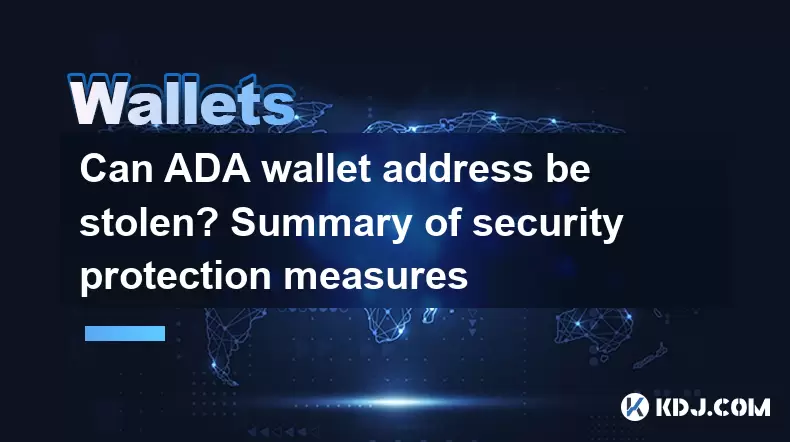
Can ADA wallet address be stolen? Summary of security protection measures
May 13,2025 at 01:07pm
Introduction to ADA Wallet Address SecurityWhen it comes to cryptocurrencies like Cardano (ADA), the security of your wallet address is paramount. Theft of an ADA wallet address is a concern for many users, as it could potentially lead to the loss of funds. In this article, we will delve into whether an ADA wallet address can be stolen and provide a com...
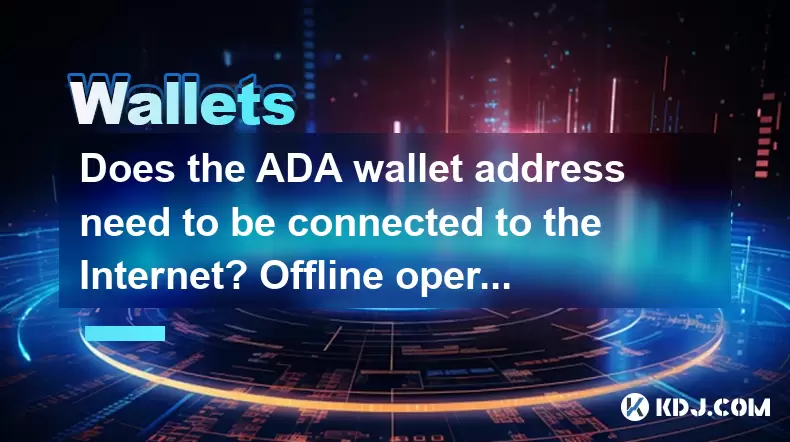
Does the ADA wallet address need to be connected to the Internet? Offline operation possibility
May 13,2025 at 06:50pm
In the world of cryptocurrency, securing your digital assets is paramount. One common question among Cardano (ADA) users revolves around the necessity of connecting their ADA wallet address to the internet and the possibility of offline operations. This article delves into the intricacies of ADA wallet management, exploring both online and offline funct...

How to protect the SHIB wallet address? Security setting tips
May 13,2025 at 04:07pm
Protecting your SHIB wallet address is crucial to safeguarding your cryptocurrency assets. With the rise of digital currencies, securing your wallet has become more important than ever. This article will provide you with detailed security setting tips to ensure your SHIB wallet remains safe from potential threats. Understanding SHIB Wallet SecurityBefor...

How to import the SHIB wallet address? Cross-device synchronization guide
May 13,2025 at 03:43pm
How to Import the SHIB Wallet Address? Cross-Device Synchronization Guide Managing your SHIB wallet across multiple devices can be a seamless process if you understand how to properly import your wallet address and synchronize it across devices. This guide will walk you through the steps to import your SHIB wallet address and ensure it is synchronized a...

How to set password for SUI wallet? Security protection steps sharing
May 13,2025 at 02:21pm
Setting a password for your SUI wallet is a crucial step in securing your digital assets. This article will guide you through the process of setting a password and share additional security protection steps to ensure the safety of your SUI wallet. Understanding the Importance of a Strong PasswordBefore diving into the steps, it's essential to understand...

Are there any format requirements for the SUI wallet address? Correct filling guide
May 13,2025 at 03:08pm
When dealing with cryptocurrency, ensuring that you correctly format and fill out your wallet addresses is crucial to prevent loss of funds. In this article, we will delve into the specific format requirements for SUI wallet addresses and provide a comprehensive guide on how to correctly fill them out. Understanding these details can help you manage you...

Can ADA wallet address be stolen? Summary of security protection measures
May 13,2025 at 01:07pm
Introduction to ADA Wallet Address SecurityWhen it comes to cryptocurrencies like Cardano (ADA), the security of your wallet address is paramount. Theft of an ADA wallet address is a concern for many users, as it could potentially lead to the loss of funds. In this article, we will delve into whether an ADA wallet address can be stolen and provide a com...

Does the ADA wallet address need to be connected to the Internet? Offline operation possibility
May 13,2025 at 06:50pm
In the world of cryptocurrency, securing your digital assets is paramount. One common question among Cardano (ADA) users revolves around the necessity of connecting their ADA wallet address to the internet and the possibility of offline operations. This article delves into the intricacies of ADA wallet management, exploring both online and offline funct...
See all articles
























![Bitcoin pulls back! Is the opportunity to get on the bus? Ether currency has made a fake breakthrough, and altcoins have plummeted! [It is recommended to watch at 1.5X times faster] Bitcoin pulls back! Is the opportunity to get on the bus? Ether currency has made a fake breakthrough, and altcoins have plummeted! [It is recommended to watch at 1.5X times faster]](/uploads/2025/05/13/cryptocurrencies-news/videos/bitcoin-pulls-opportunity-bus-ether-currency-fake-breakthrough-altcoins-plummeted-recommended-watch-x-times-faster/image_500_375.webp)





























































